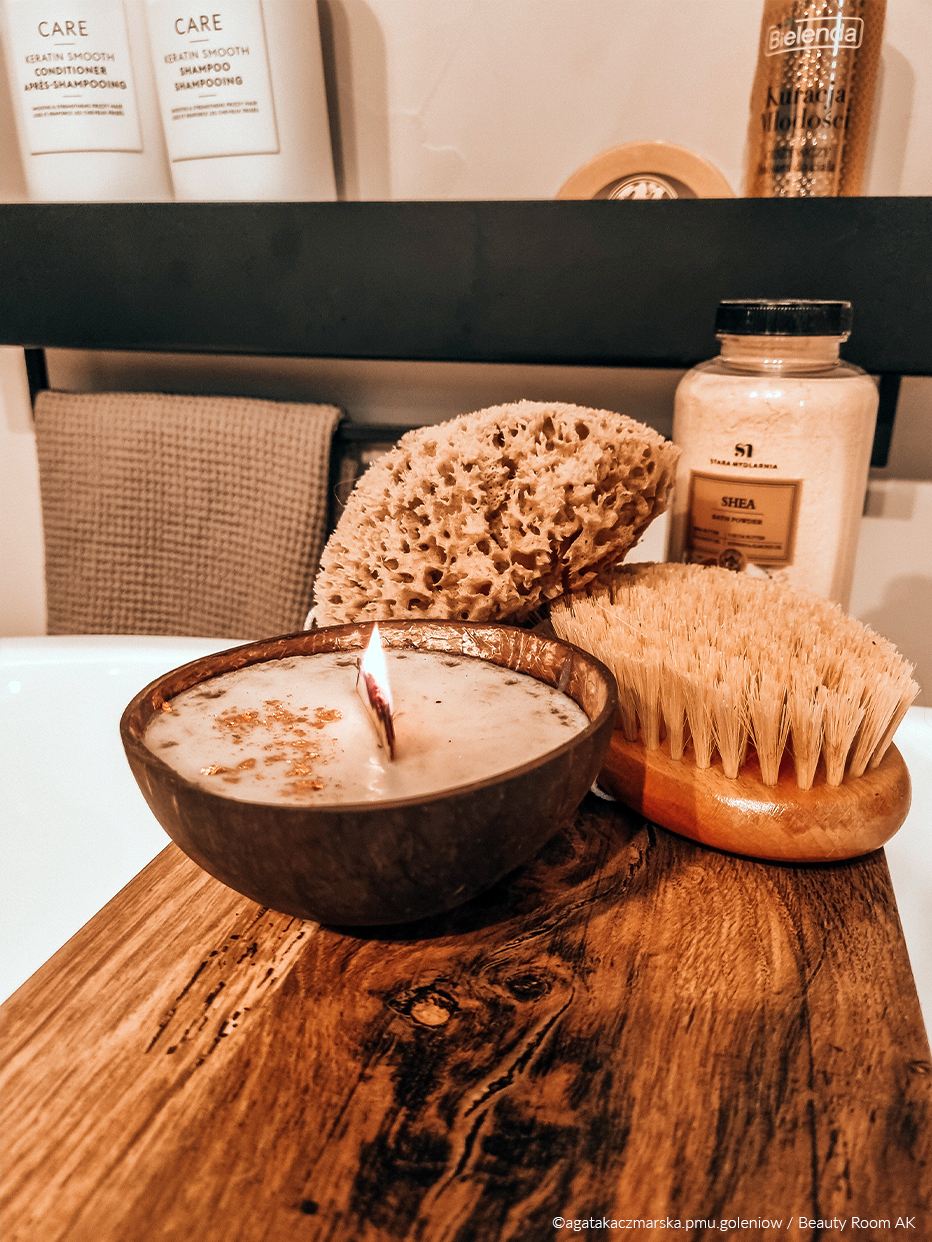Microcement is even made for the bathroom. It will successfully replace tiles and is also much cheaper and easier to work with than natural stone. Choose from architectural concrete slabs, cast countertops and washbasins or wall and floor cladding made from microcement, and even concrete accessories such as soap dishes.
Decorative concrete can come in a variety of colours and textures, which can be inspired by the surrounding landscape such as riverbeds, forests or beaches. When combined with wood, glass or stainless steel, architectural concrete can give a bathroom a modern and elegant look. In addition, the material is easy to clean and resistant to moisture, making it ideal for bathrooms. If you’re looking for inspiration for your dream bathroom, it’s worth browsing through some of the best interior designs with concrete to delight you.
Advantages
Microcement is a material that has become very popular recently as a bathroom finish. It is a great choice because of the many positive qualities it possesses.
- One of the most important properties of microcement is that it is a waterproof material. This means that the entire system using microcement is resistant to moisture and water. This makes microcement the perfect material to use in bathrooms where there is high humidity.
- Another advantage of microcement is its resistance to abrasion. This is important because the bathroom is a place where surfaces are exposed to constant wear and tear, such as scrapers, brushes or chemical cleaners. Microcement is able to withstand such stresses without losing its durability and strength.

- Durability is another important feature of microcement, which is able to last for many years without losing its properties. This is particularly important for bathrooms, where changes in finishing materials are costly and time-consuming.
- Microcement is also very easy to keep clean, which is extremely important in bathrooms. Because of its smooth surface, it has no chance of fungus and mould developing, which is a common problem in damp rooms.
- Another advantage of microcement is its versatility. It can be applied to a variety of surfaces such as tiles, concrete, plaster and gypsum. Thus, it can be used to create a unique look for the bathroom, tailored to individual preferences.
- In conclusion, microcement is an excellent material to use in the bathroom. It has many positive qualities such as water resistance, abrasion resistance and durability, making it very popular with interior designers and clients. Its versatility and ease of cleaning are additional advantages for choosing microcement as a bathroom finish.
Accessories
On the web, you can also find plenty of stylish and designer concrete accessories, which are increasingly appearing in interior design. Many of them can also be made yourself using ready-mixed concrete. Concrete accessories are the perfect solution for people who appreciate modern design, durability and ease of cleaning. You can buy or make soap dishes, toilet paper holders, soap dishes and even shelves, towel holders and flower pots. All accessories are water and detergent resistant, guaranteeing a long life and allowing you to enjoy their functionality for years to come.